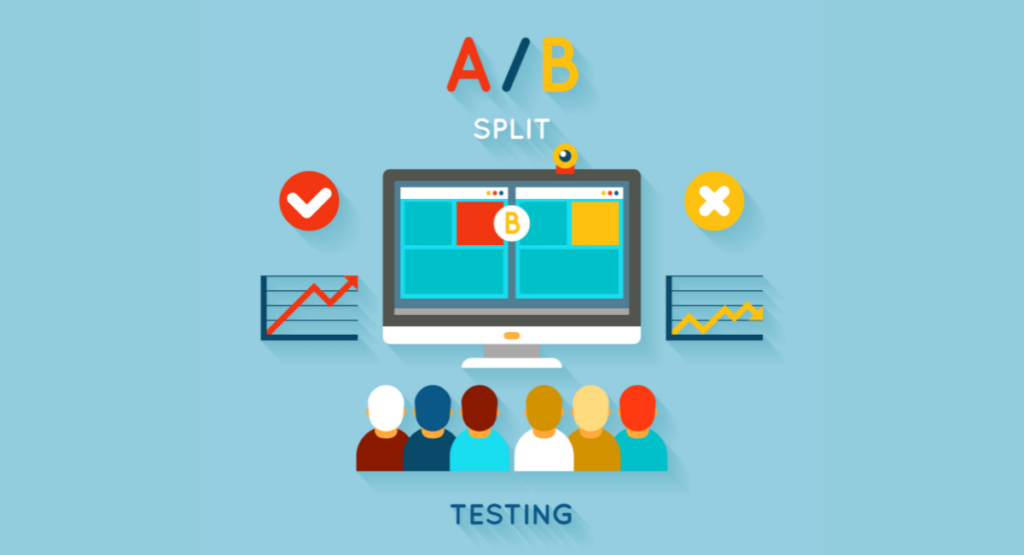Black box testing is another prevalent technique of software testing that aims at assessing the functionality of an application without peering into the internal structures or workings.
In this method, the software is treated just like a "black box," with the tester having no knowledge of what is taking place inside the application.
It tests the system based on inputs and outputs that provide assurance over the software behavior as per expectation.
Due to the effectiveness of this form of testing in verifying correctness at the early stages of software development, it is a favorite amongst QA professionals for delivery of quality software.
Types of Black Box Testing

Software testing ensures that a program's operational competencies meet expected results without peering into its inner constitution.
This is more so the case with Black Box Testing, as its prominence is in software functionality rather than code structure. Let's unwind some of the types of Black Box Testing.
Equivalence Partitioning
Equivalence Partitioning can be termed as input data divided based on a number of logically equivalent classes.
This testing style has the advantage of reducing the amount of test cases under development; equivalence partitioning says we shall select the representatives from every class, not all possible inputs in the range.
Consider a feature of an application that accepts numeric input from 1 through 1000.
We can consider equivalent ranges like 1-100, 101-200, and so on and test just one representative value from each such range to reduce the number of tests drastically while, at the same time, having all necessary coverage.
Boundary Value Analysis
Boundary Value Analysis picks up where Equivalence Partitioning leaves off. This technique focuses specifically on the "edge cases" or the boundary values of equivalence partitions.
Using the same numeric input example from 1 to 1000, Boundary Value Analysis would involve testing at the boundaries of these partitions values like 1, 100, 101, 200, 999, and 1000.
This method is especially useful for locating errors that occur at extreme ends of input ranges which are often overlooked.
Tools for Black Box Testing
To efficiently implement Black Box Testing, several automated tools are used that streamline the process and improve accuracy. Here are some of the most popular tools that testers might employ.
Selenium
Selenium stands out as one of the most versatile tools for black box testing, ideal for automating web applications.
It supports multiple operating systems and browsers and interfaces well with a broad range of programming languages including Java, Python, C#, and Ruby.
Selenium allows testers to write test scripts in these languages, which can then be used to automate browser actions to mimic user behaviors on web applications.
This capability makes it invaluable for testing user interfaces without knowing anything about the underlying algorithms or codebase.
SoapUI
Specializing in API testing, SoapCalls is an open-source tool used to test web services. Its capability extends beyond simple validations and into more complex scenarios like evaluating the responses from web services and ensuring their exchanges follow expected patterns.
Whether a software interacts smoothly with other systems through APIs determines the quality of integration, making tools like SoapUI critical for systems depending on external communications.
Postman
Another powerful tool for API testing, Postman simplifies the processes of sending requests to web applications and analyzing responses.
With a user-friendly interface and built-in features such as collections, environments, and mocks, Postman is designed to help testers effectively manage and execute API tests.
This tool is particularly popular due to its ability not just to test APIs but also to develop, document, and mock them in various environments.
Whether you are a developer or a tester, Postman offers a comprehensive suite of features to enhance productivity and improve software quality.
These testing types and tools in Black Box Testing underscore its importance in software development and quality assurance.
By employing these methodologies, testers can ensure that software performs as intended, thus safeguarding user satisfaction and maintaining high standards in software delivery.
Examples of Black Box Testing
Testing a Login Page

When testing a login page using black box testing techniques, the process focuses on how well the system handles input and output without concerning the internal workings.
Here's a common example: Enter valid user credentials to check if the system successfully logs in the user and redirects them to the homepage.
Next, attempt using incorrect credentials to test if the system adequately denies access and displays an error message. Additionally, testers might enter an empty username or password to verify if the appropriate warning messages are enforced.
This approach helps ensure that security measures are strictly upheld and the user interface is user-friendly and robust, ensuring a seamless experience for all users.
Testing an E-commerce Checkout Process
In the case of an e-commerce checkout process, black box testing aims to ensure that the entire sequence from cart to confirmation works flawlessly for all users.
Testers might begin by adding various items to their shopping cart to check if the cart updates correctly with the right items and total pricing.
The subsequent steps include going through the checkout process, using different types of payment methods (credit card, PayPal, gift card), and ensuring that the payment gateway processes transactions securely and displays the right confirmation details.
Additionally, the testing could extend to applying discount codes or changing the shipping option to ascertain that the final cost adjusts correctly.
This kind of testing checks that all components integrate smoothly to provide a hassle-free shopping experience.
Testing a Search Functionality
Testing search functionality involves examining how well a search engine within a website or application handles different types of search queries and outputs accurate results.
Testers may input exact search phrases to check for relevancy and precision of the results displayed. Furthermore, inputs might include misspelled words to analyze tolerance and suggest corrections.
Complex queries combining multiple search terms and filters (like price, color, or rating) should also be tested to ensure the system effectively manages and delivers precise output.
This type of testing is crucial because a robust search tool enhances user experience and satisfaction by providing quick and relevant results.
Book a Demo and experience ContextQA testing platform in action with a complimentary, no-obligation session tailored to your business needs.
Conclusion
Black Box Testing remains an essential technique in ensuring the quality and functionality of software products.
By focusing on the output and disregarding the internal workings of the application, it allows testers to examine the system much like how an end user would interact with it.
This type of testing is crucial for identifying discrepancies in software specifications and verifying that the system meets the user's needs without requiring detailed programming knowledge.
Therefore, incorporating Black Box Testing into the development cycle contributes significantly to creating robust, user-friendly software that aligns with user expectations and business requirements.
Whether you're deploying, developing, or debugging an application, understanding the fundamentals of Black Box Testing is key to achieving software excellence.
Also Read - Website Testing: A Detailed Guide
